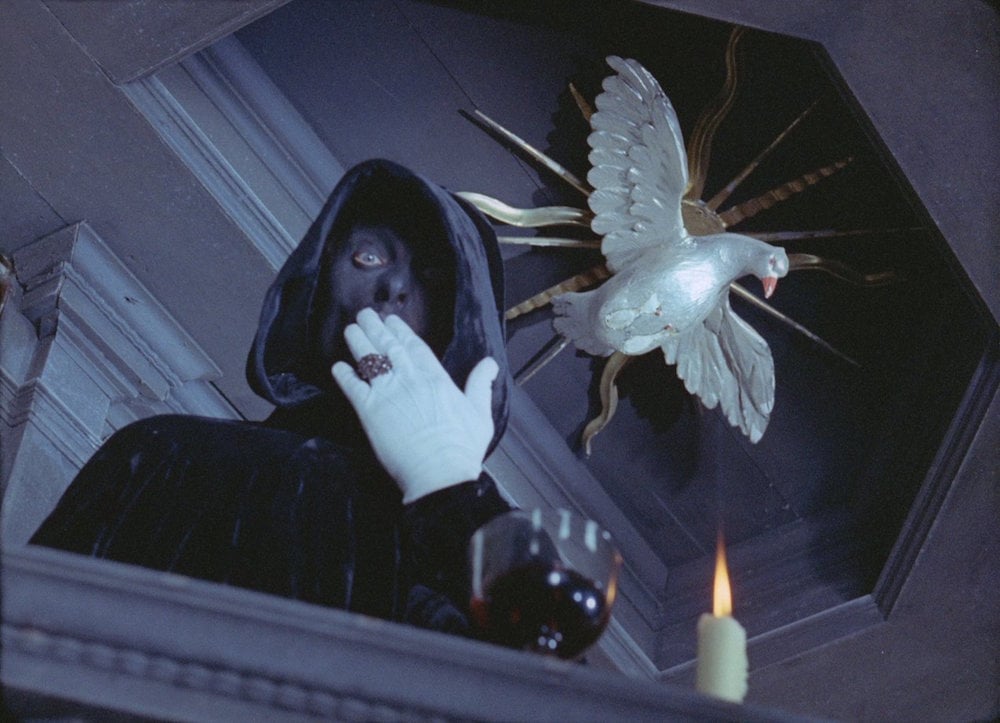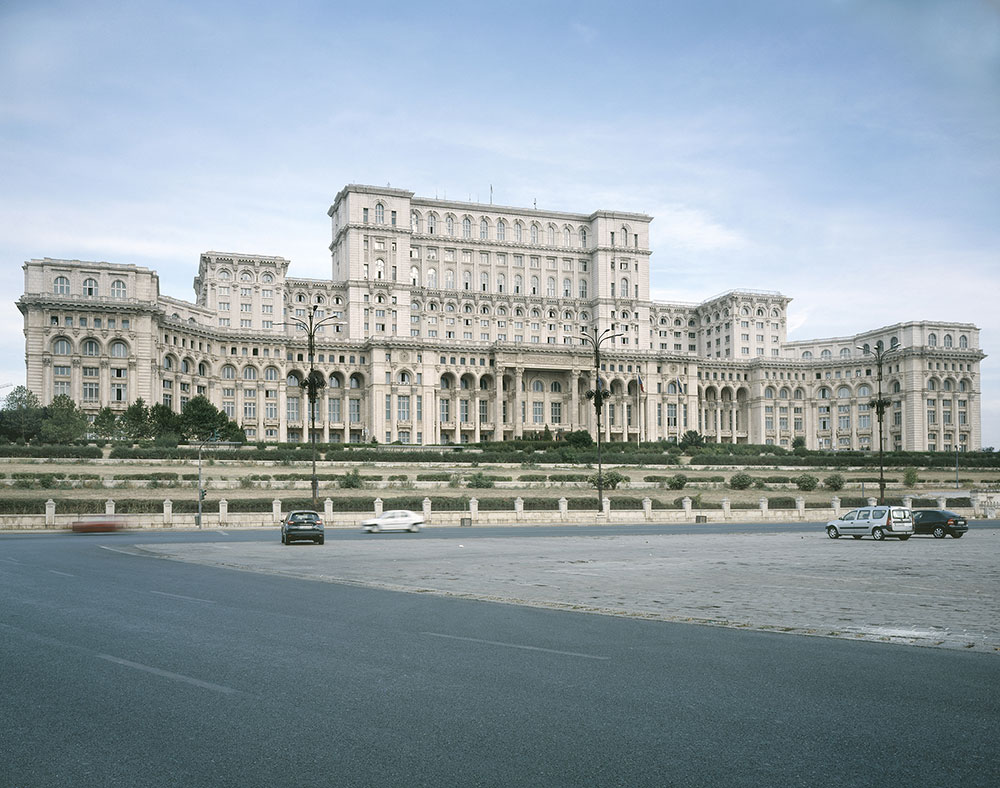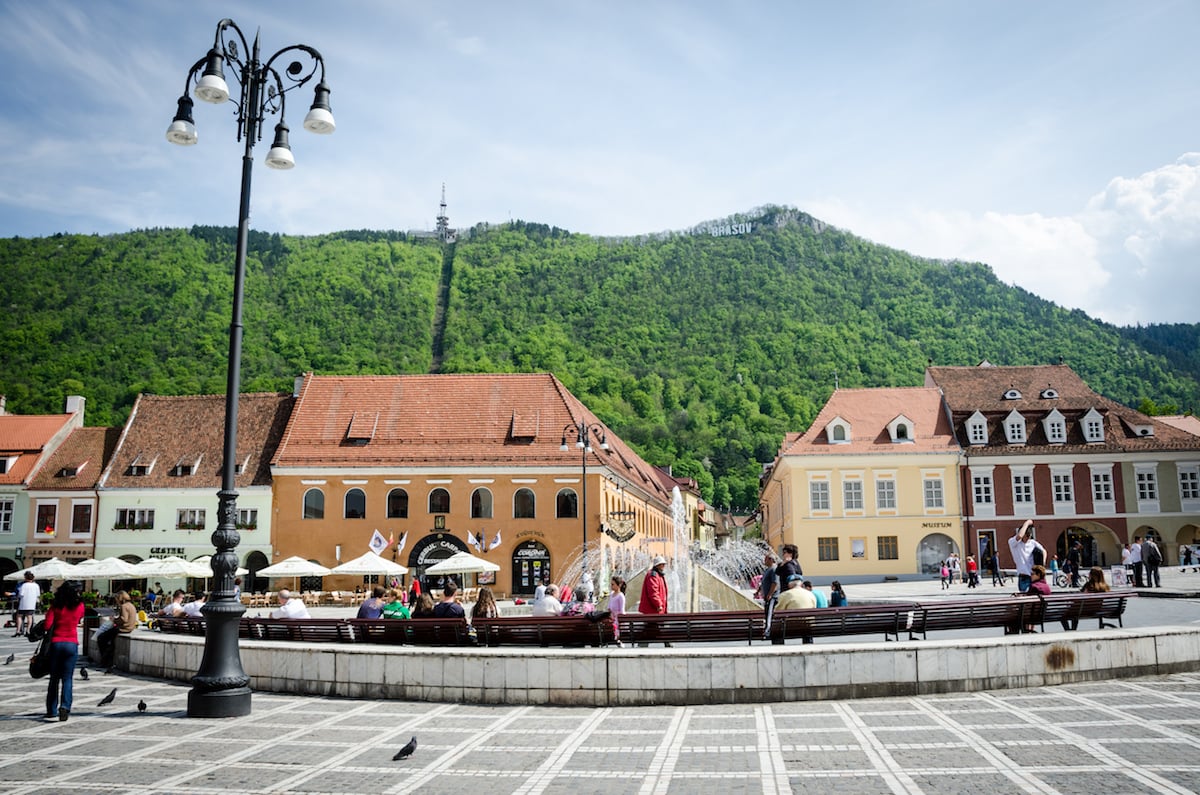Letter from Transylvania: I visited Dracula’s castle and found the ghost of Romania’s communist past
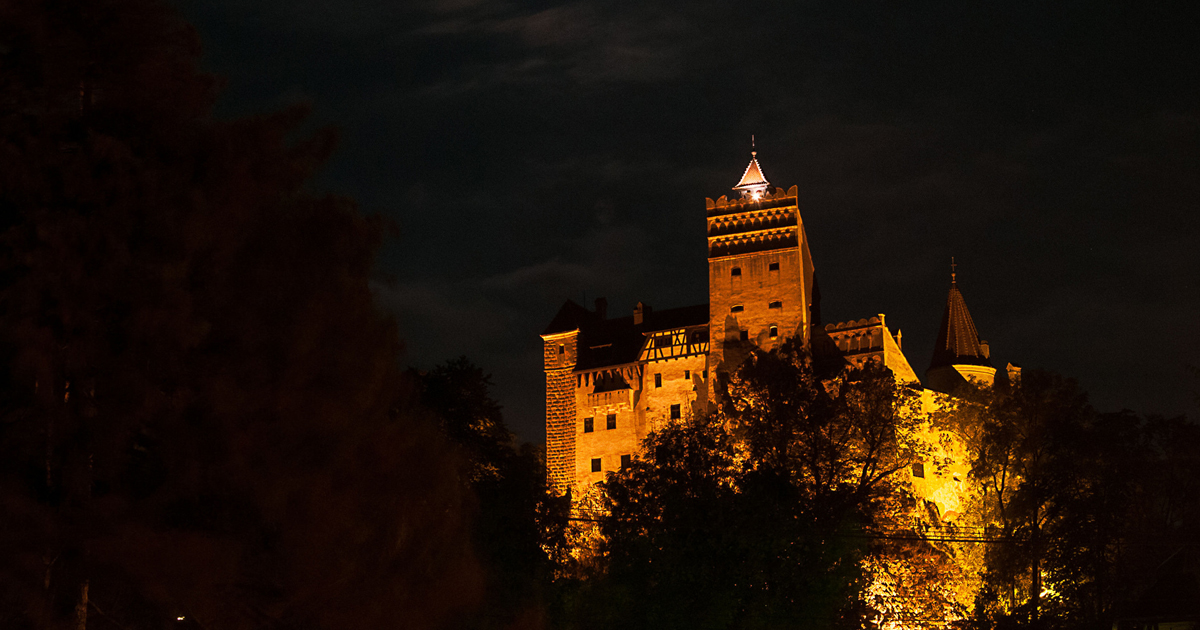
Since the 1990s, vampire aficionados from the west have flocked to the Transylvanian town of Sighișoara to visit the home of Vlad the Impaler, better known as Dracula. For his book, Draculaland, Sean Stoker took a tour from Sighișoara’s citadel to the infamous Bran Castle near Braşov only to find it being haunted by another controversial national figure
The year 2003 was the most recent example on record of a Romanian family exhuming the corpse of a relative with the hope of killing an undead, a strigoi, and releasing them from its curse. The father had died suddenly and unexpectedly of unknown causes and was buried with the necessary rituals. Soon after, other members of the family grew sick and later died. First the father’s brother, then his daughter. So, with little other option, it seemed, the remaining family members dug up the father’s body and cut out his heart before burning it, mixing the ashes with water, and passing the cocktail around for the whole family to drink. Its success could not be verified.
I’m standing in a Transylvanian graveyard. So far, so good as Halloween locations go. Certainly one to be remembered. The graves scattered around us on the hillside are old and worn, some have crumbled or split in two, their contents just a stumble, a trip, away. Others seem to have been here forever, becoming part of the landscape, embraced by trees’ roots, as if they have grown from the earth themselves. Many of the headstones here bear the name of Anglo-Saxon-sounding families. Each has its own little history. The sky to the west has grown pink and is darkening.
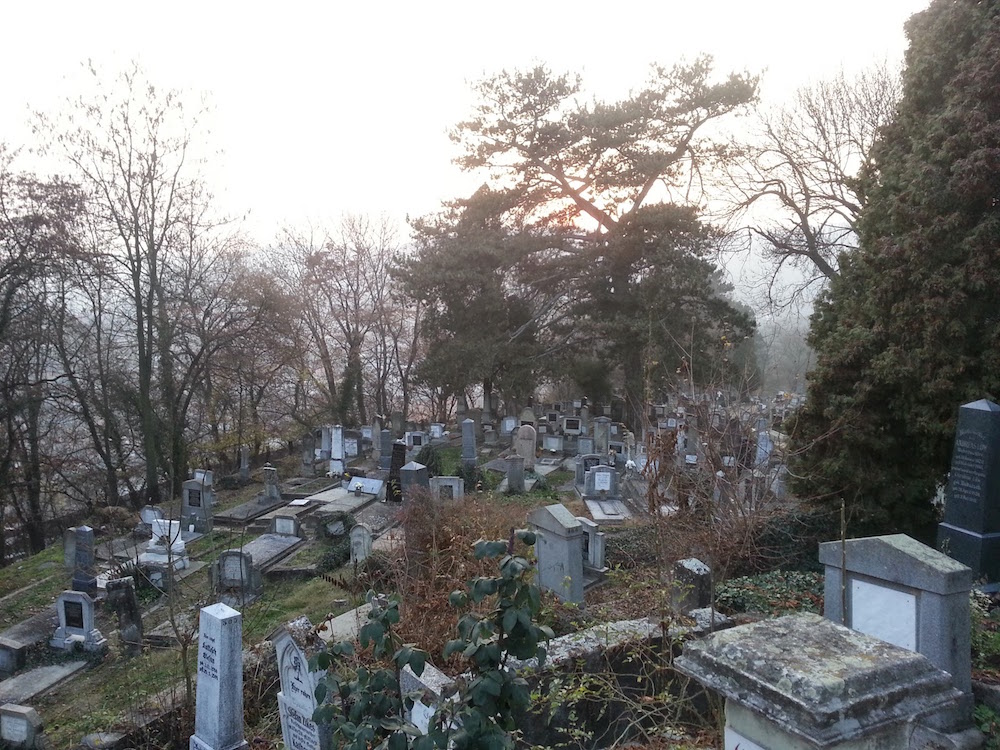
In the 16th century, Transylvania was the European centre of religious tolerance and people would flock here, fleeing persecution from places like England.
In local folklore and tradition, the deceased, if given a proper burial, will protect their future ancestors from harm. But without a proper burial, it is said that the dead might become a zombie, he might haunt his family or attempt to sleep with his wife, he might seek revenge from those who wronged him or he might become a vampire.
In Russian orthodox tradition, a person is proven to be a saint if their body does not decompose after death. In Transylvania, however, a fresh-looking corpse is the sign of the undead, a haunting from the past. After his death Lenin’s body was embalmed, his body preserved; his status, thus, remains a matter of perspective.
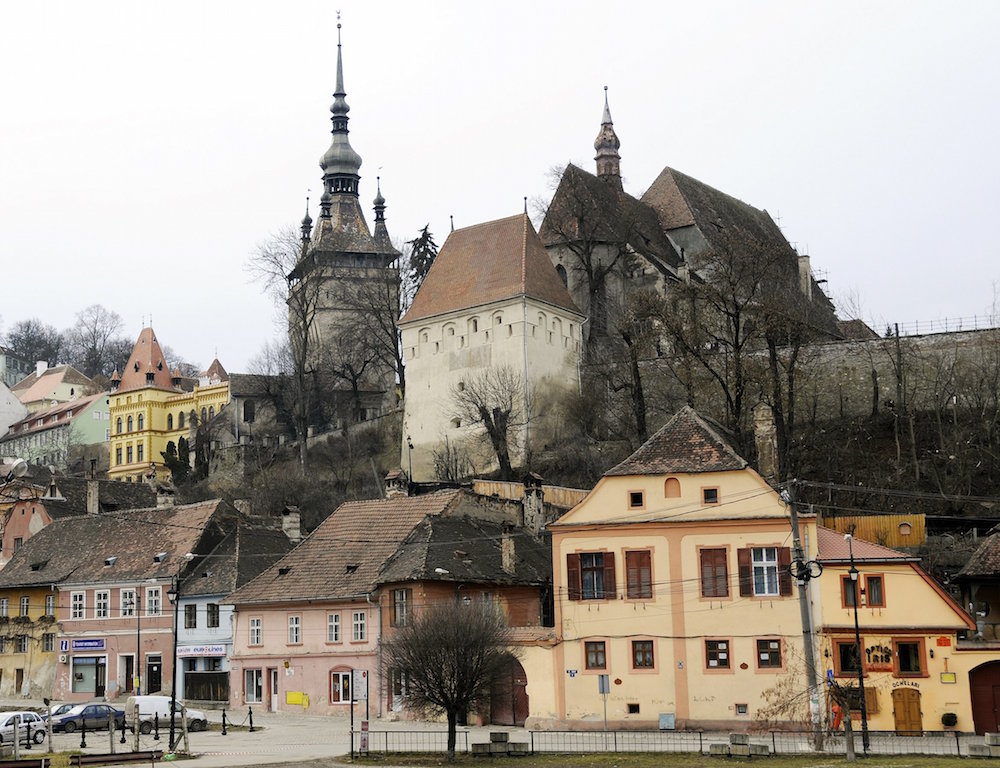
In 2010, the bodies of Nicolae and Elena Ceauşescu were exhumed in an act of identification. Their surviving family wanted confirmation that this was in fact their grave so they could finally, properly mourn. DNA was taken, but they were first identified, by the Kalashnikov bullet holes that riddled their clothes, by their son-in-law, who remarked that their bodies seemed very well preserved.
The writer and anthropologist Katherine Verdery has argued that the exhuming of communist corpses is just one part of a wider post-socialist exorcism; a more physical revisionist history.
Before he was executed, Nicolae Ceauşescu’s final words were: “History will avenge me.” He died singing a fragment of the Internationale.
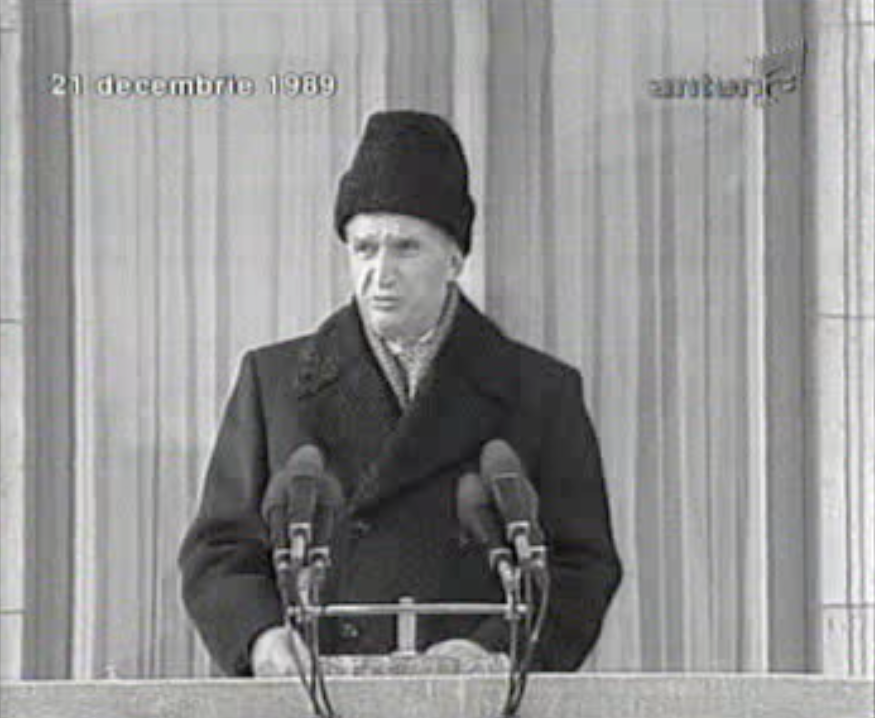
We’re outside again, back in the main square for what I think will be the last time. It’s a few minutes before midnight. But due to the night’s cloud cover and the fog that’s still hanging in the air around us, the Best Howl Competition is less directed at the moon than suggested in its general direction.
With the exception of the contractually obliged members of staff, only two people audibly partake; the rest of us have either had too much or too little to drink at this point. These two then, by default, progress to the final, before which a coin will be tossed to determine who gets to howl first. Choosing heads is a woman from California, somewhere in her early twenties, who isn’t noticeably dressed up as anything, perhaps just a general goth. Allocated tails is a short and squat man with a black cape hung over the jersey of some American sports team. From his accent, I guess that he’s from Boston. Realising their shared country of origin, before they square off, they exchange a few topographically themed barbs.
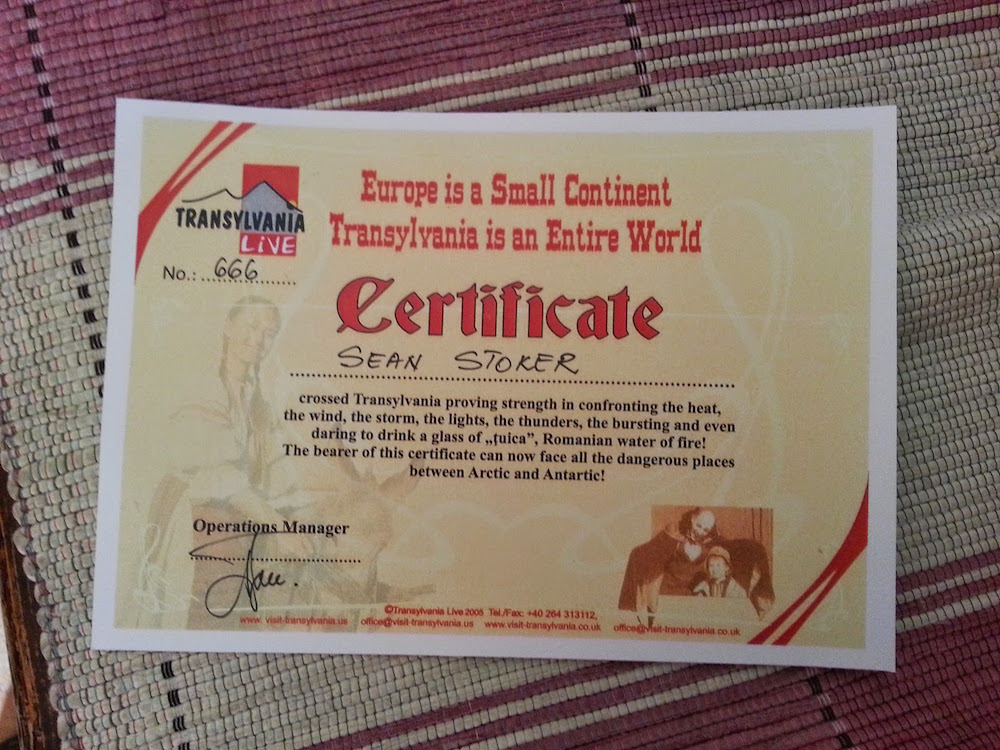
But of course, there’s always the chance that none of this really even happened — at least not how it‘s been claimed. But with all the make-believe and the rival claims of authenticity, who’s to say what’s real here any more? Frankly, I’ve lost track of what it is I’m meant to think. And this whole night, if anything, has blurred things further. Doubt, it seems, is all that’s left. But perhaps, come to think of it, that is what’s real here; maybe that’s our authentic experience.
My tour guide, Stefan, every now and again, has suggested as much, never quite coming out and saying it, but leaving subtle hints here and there as to his own personal theories. And, in a way, he was right: the effects of communism never really left. Haunting the country and the Romanian collective psyche is the suspicion — the firm belief, for some — that the revolution was staged. That it was theatre: a performance put on for the western TV cameras, distracting everyone from what was, in fact, a coup. The violence, the bloodshed, was all real of course, and nobody believes the deaths were faked; it was real to the people in the streets. But the fear is that, behind it all, nothing really changed: new names were given to old problems, one faction simply replaced another, and the killing and uncertainty continued after Ceauşescu’s death.
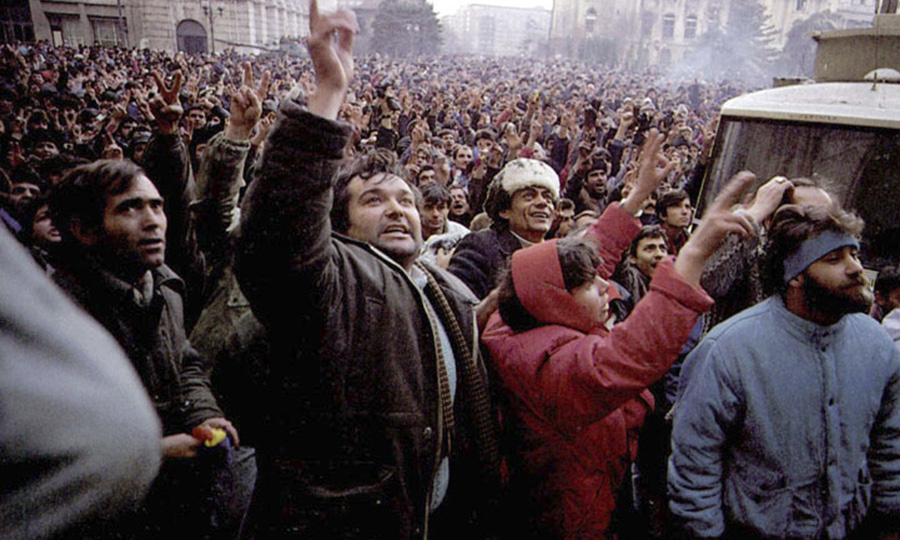
And to a small portion of the older population, his death is seen as something akin to regicide. Because, say what you will about the communists, they say, but at least they got things done. And slowly, accounts of the dictator’s execution began to rise to the surface. There are stories of a special forces helicopter heading westward, flying low over the Romanian countryside, in pursuit of the soon-to-be former dictator. And stories, too, of a three-man firing squad who each emptied an entire clip of their AK-47 into Ceauşescu and his wife from almost point-blank range, all before their trial had officially occurred. There have been suggestions as to who might be responsible — perhaps it was his successor Ion Iliescu, a man since accused of crimes against humanity, or maybe it was Gorbachev all along, up there in the Kremlin — but the only thing that’s certain is that no one really knows, not even now.
So perhaps, like the false Dracula monuments we’ve come to see, and despite all that we’ve been told, perhaps fiction is our genuine Romanian experience after all. That, here of all places, maybe not knowing is the way we can best connect to a country of which we know so little, yet whom we rush to judge in one way or another. And, conscious as I am of how that sounds, that is, after all this time, the best guess I can come up with.
This is an excerpt of Draculaland, now available to buy in print and as an ebook here.
